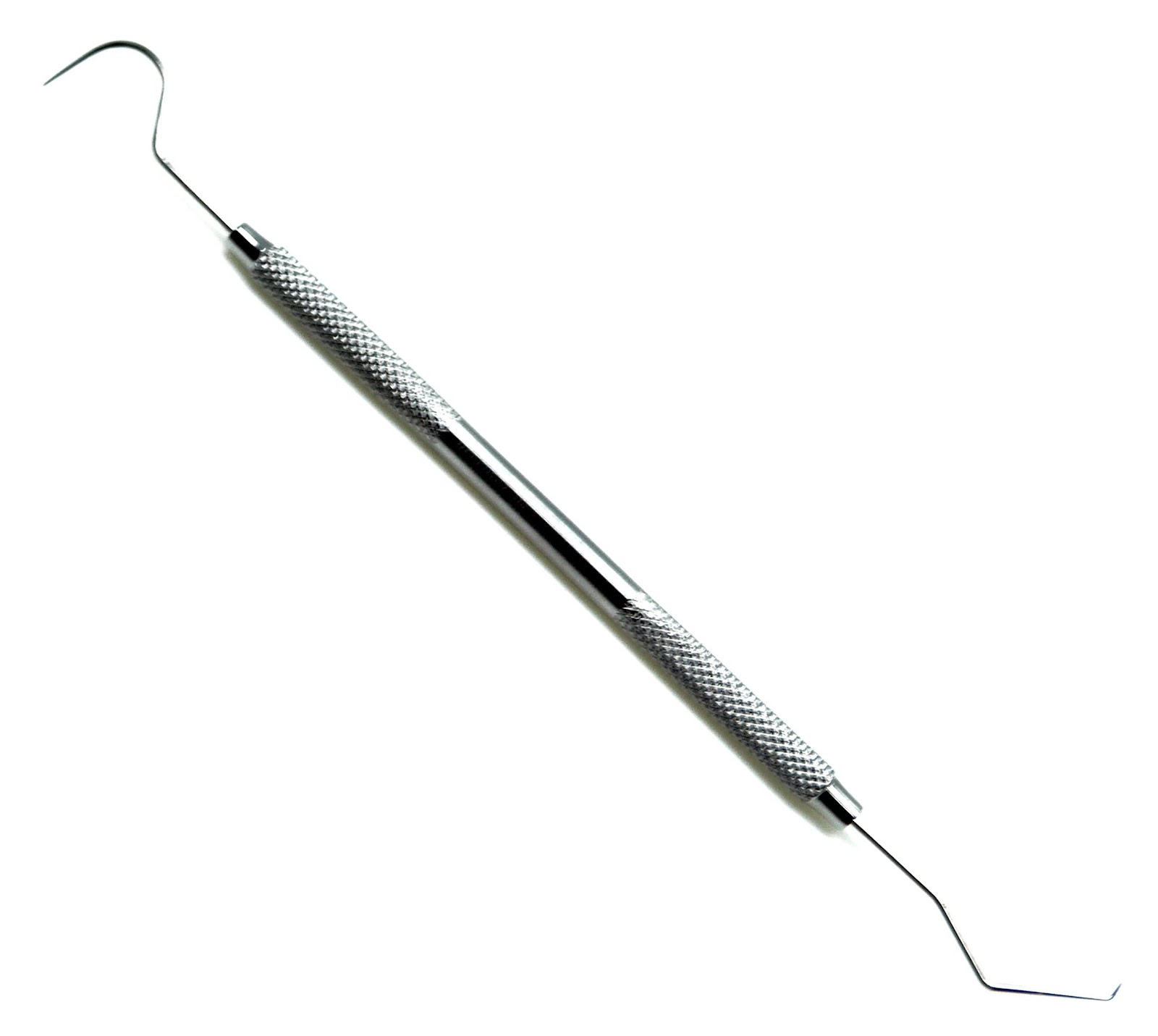In the first year of BDS (Bachelor of Dental Surgery), aspiring dentists are introduced to a range of dental instruments that are essential for their clinical practice. These instruments play a vital role in various dental procedures, enabling dentists to provide effective oral healthcare. In this comprehensive guide, we will discuss the essential dental instruments used in the first year of BDS, their functions, and their significance in dental practice.
Dental Mirror
The dental mirror is a fundamental tool used by dentists to visualize the oral cavity and examine the patient's teeth and gums. It consists of a circular mirror attached to a handle, allowing the dentist to reflect light and gain a clear view of the patient's mouth. By using a dental mirror, dentists can detect oral conditions such as caries, plaque buildup, and gum inflammation. This instrument is indispensable in the initial diagnosis and treatment planning stages.
Explorer
The explorer, also known as a dental probe, is a slender instrument with a fine, flexible tip. It is used by dentists to assess the health of teeth and gums by gently probing the surfaces. The explorer helps identify areas of tooth decay, enamel irregularities, and gum pockets. By running the explorer along the tooth surface, dentists can determine the presence of cavities or other abnormalities that may require further attention.
Periodontal Probe
The periodontal probe is specifically designed to measure the depth of the gum pockets around the teeth. It consists of markings that indicate millimeter measurements, allowing dentists to assess the state of the periodontal tissues. The probe helps identify gum diseases such as gingivitis and periodontitis. Regular monitoring of the gum pockets using a periodontal probe helps dentists track the progression or improvement of periodontal conditions.
Excavators
Excavators are dental instruments used for the removal of decayed tooth material during cavity preparation. They have sharp, spoon-shaped tips that allow dentists to precisely remove infected dentin and shape the cavity. Excavators come in various sizes and shapes to accommodate different tooth surfaces and cavity depths. These instruments are crucial for achieving optimal cavity preparation before filling or restoration procedures.
Dental Forceps
Dental forceps are essential for tooth extraction procedures. They are designed with specialized beaks that firmly grasp the tooth, enabling controlled extraction. Dental forceps come in different shapes and sizes to suit various tooth types and locations. The beaks are carefully designed to minimize trauma to the surrounding tissues during the extraction process. Dentists must exercise precision and skill while using dental forceps to ensure successful and efficient tooth removal.
Local Anesthesia Syringe
Administering local anesthesia is a common practice in dental procedures to ensure patient comfort and pain control. The local anesthesia syringe is a vital instrument used to deliver the anesthetic solution. It consists of a barrel, plunger, and finger grip for precise control during injection. The syringe is equipped with a disposable needle, ensuring a sterile and safe delivery of anesthesia. Dentists must have a thorough understanding of the anatomy and proper injection techniques to administer anesthesia effectively.
Air Water Syringe
The air water syringe is a multifunctional instrument used to deliver a controlled spray of air, water, or a combination of both into the oral cavity. It aids in rinsing and drying specific areas during dental procedures, ensuring a clear field of view for the dentist. The air water syringe is an indispensable tool that enhances the efficiency and effectiveness of various treatments, such as dental cleanings, restorations, and surgeries.
Dental Handpiece
The dental handpiece, commonly known as a dental drill, is a high-speed rotary instrument used for various dental procedures. It operates at different speeds and provides precise control for tasks such as cavity preparation, enamel shaping, and polishing. Dental handpieces come with interchangeable burs or bits, allowing dentists to customize their use based on the specific procedure. These versatile instruments are crucial for maintaining oral health and restoring dental structures.
Conclusion
In conclusion, the first year of BDS introduces aspiring dentists to a range of essential dental instruments that form the foundation of their clinical practice. The dental mirror, explorer, periodontal probe, mouth mirror, excavators, dental forceps, local anesthesia syringe, air water syringe, and dental handpiece are indispensable tools in dentistry. Each instrument serves a specific purpose, enabling dentists to provide comprehensive oral healthcare and perform various dental procedures effectively. By understanding the functions and significance of these instruments, dental students can develop the necessary skills and knowledge to excel in their future dental practice.











Nice